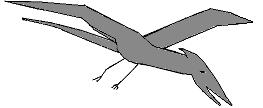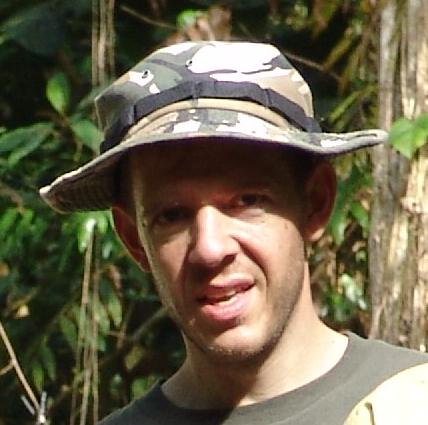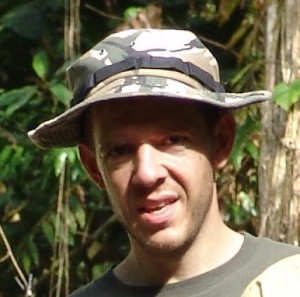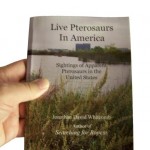I am scheduled to talk on Monster X Radio this afternoon at 4:00 p.m. California (Daylight) time (11:00 pm, UTC, Coordinated Universal Time):
http://www.blogtalkradio.com/mxr/2013/08/18/living-pterosaurs-with-jonathon-whitcomb
Possible subjects could include one or more of the following (although I may have only limited control):
- Pterosaur Sightings Worldwide
- “Pterodactyl” Encounters in the United States
- The Ropen of Papua New Guinea
- Common Characteristics of Descriptions
- Bioluminescence of Modern Nocturnal Pterosaurs
- Sizes of Reported Pterosaurs
- Credibility of Sighting Reports
- Origin Philosophies, Religion, and Science
- Extinction of Pterosaurs or not
- Possible Hoaxes
- Possible Misidentifications
I would be delighted to talk about pterosaur sightings in Papua New Guinea and how they may relate to encounters in other parts of the world. The ropen has been my specialty for years.
For those who would like to ask questions of me, on this online radio show, I believe you can call in at around 5:00 p.m. (California time) at this number: (347) 326-9859 (“Press 1 to talk.”)
This seems to be a New York area code, so here is the Eastern Daylight Time when the show starts: 7:00 EDT. Calls for questions may be made in the second hour, if I understand correctly.
Addendum
The two-hour interview last night went well. The first hour covered expeditions and sightings in Papua New Guinea and typical sighting descriptions of apparent pterosaurs in the United States. In the second hour, Susan Wooten and Laura Dean called in and gave their sighting reports, with descriptions of the flying creatures they had observed in South Carolina and Arkansas respectively.
Bioluminescence and flying lights were discussed in both hours of the interview.
The title of the interview talk show is “Living Pterosaurs with Jonathon Whitcomb” (my first name is really spelled “Jonathan.”)
Host Shane Corson afterwards told me, “. . . it was a fabulous and very informative show thanks to you! We have had great feedback so thanks again!” I am grateful to Shane and Johnny and to Susan and Laura for making this talk show a success.
.

Wooten’s sketch of the creature she saw in South Carolina
###






